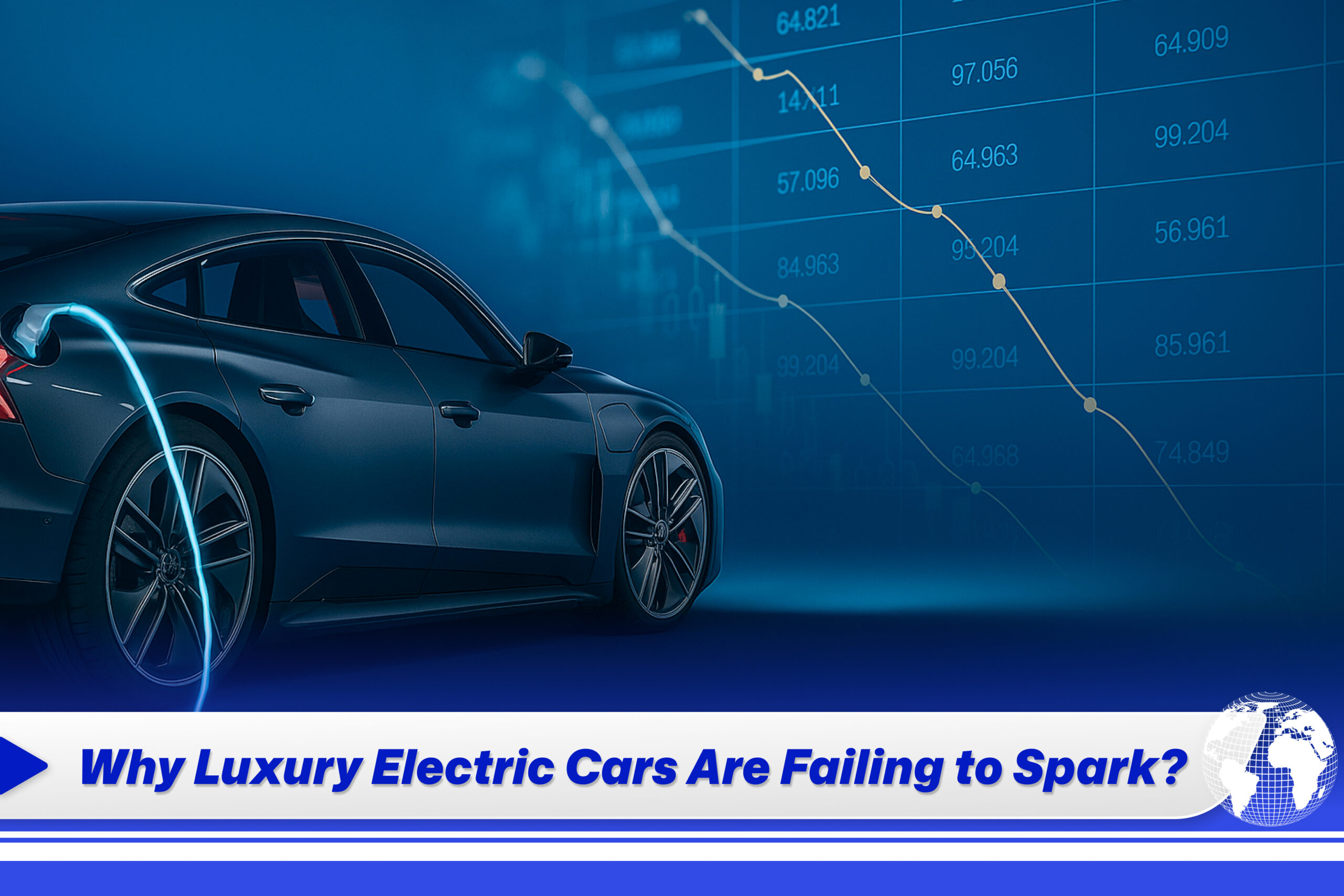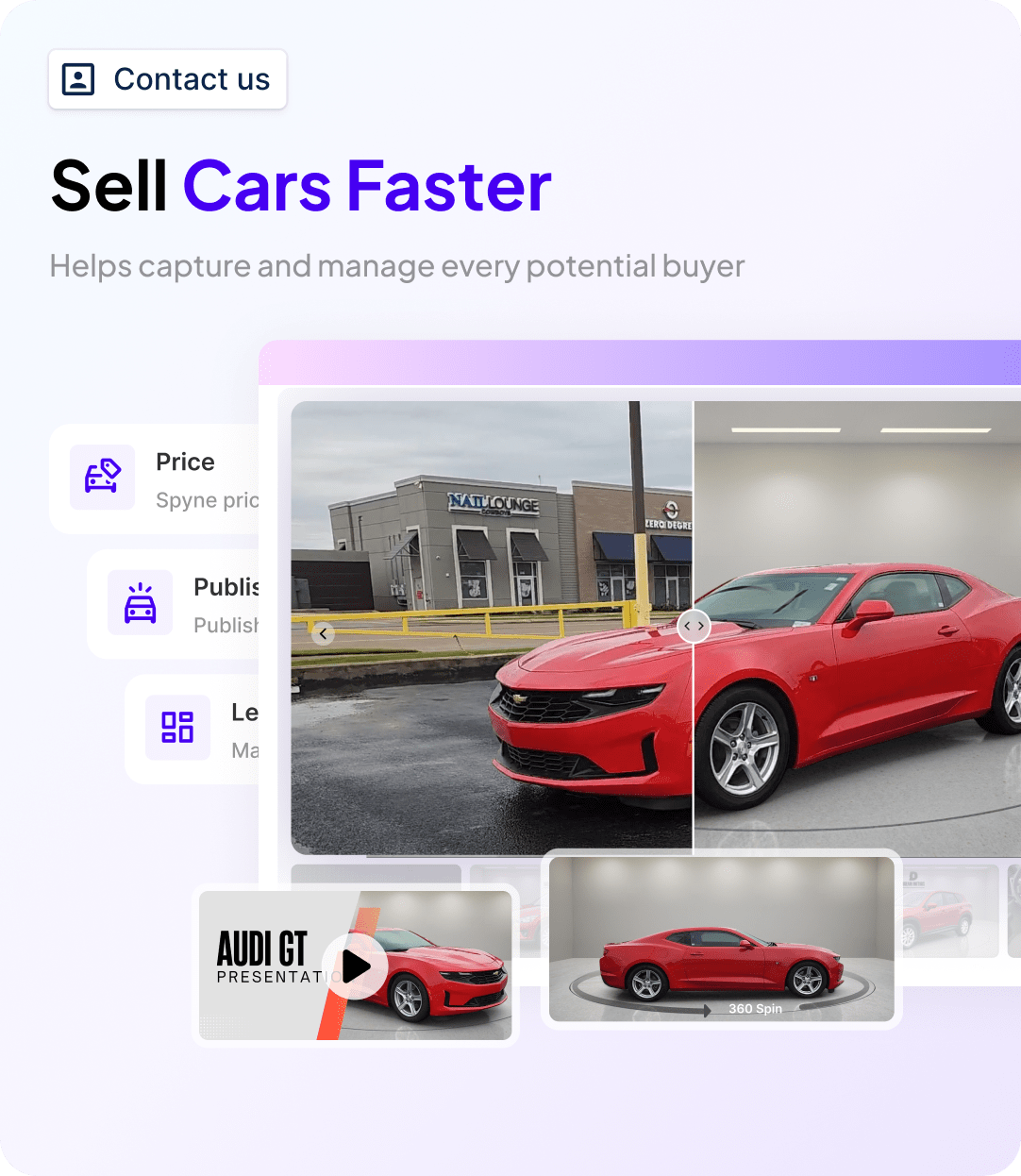Luxury electric cars were expected to usher in a new era, one defined by silence, precision, and sustainability wrapped in sculpted steel. But the road has not welcomed them as anticipated. Despite the global surge in electric vehicle sales, the segment meant to redefine prestige is quietly faltering.
The G-Wagen That Couldn’t Move Mountains
The Mercedes-Benz G580 “EQG” arrived with fanfare: an all-electric off-roader promising 360-degree tank turns, water fording, and terrain-crawling grace. Underneath, a massive 116-kWh battery powered the 3.1-ton chassis, a marvel of electric car technology weighed down by its own ambition. Yet by April 2025, sales in Europe reached only 1,450 units. In China, just 58. In the U.S., reportedly none. So, what aimed at an ambitious launch turned out to be a quiet failure.
In stark contrast, combustion-powered G-Wagens sold over 9,700 units in the same period. Industry insiders called the electric variant a “complete flop.” Despite being one of the best luxury electric cars in its class, the vehicle failed to resonate with consumers. Priced at $162,000, the EQG seemed more like a museum piece than a mainstream shift.
Ferrari, Porsche, and Audi Step Back
Ferrari has delayed its second electric vehicle model to 2028 amid weak demand. Porsche, once a frontrunner in high-performance electrification, is also retreating. Taycan sales are soft, and depreciation rates have reached levels that make even dealerships reluctant to accept trade-ins. The electric Macan has underperformed, and development on an electric 718 has been scaled back.
Audi, facing a “global decline in customer orders in the electric luxury class,” recently closed its Brussels plant, ending production of the Q8 E-tron, once among the best luxury electric cars from the brand. These decisions mark a collective hesitation among legacy automakers in pushing forward with high-end electric cars.
The Paradox of the EV Boom
Electric car adoption globally is not slowing in fact, it’s accelerating. Forecasts for electric cars 2025 project over 20 million sold, driven largely by demand in China, Southeast Asia, and Latin America. Affordable electric cars for sale from brands like BYD and Skoda are thriving, often commanding long waitlists and record delivery volumes.
But luxury electric cars tell a different story. Heavier batteries, higher price points, and marginal gains in performance have diluted their appeal. Many resemble their internal combustion counterparts too closely, offering little beyond silence and sustainability, traits now available even in electric auto offerings priced far lower.
The Cost of Being Premium in an Evolving Market
Peter Wells, automotive industry professor at Cardiff University, observes that premium EVs require disproportionately large batteries to compete with ICE vehicles. This inflates both curb weight and price. Consumers, in return, are met with diminished practicality, sluggish resale value, and uninspired driving dynamics in vehicles meant to inspire.
The result: hesitation in the showroom. Buyers of best electric cars 2024 and similar models now seek value, longevity, and genuine differentiation. The badge alone is no longer enough.
Fallout in the Used Car Market
The luxury EV slowdown has created ripple effects in the used car market. Depreciation on models like the Porsche Taycan and Audi E-tron has accelerated to the point where some dealerships are turning away trade-ins. Owners looking to upgrade are finding few takers, even among brand-loyal buyers.
Residual values have collapsed under the weight of high sticker prices and rapid technological obsolescence. Early adopters are facing losses once reserved for niche exotics, and second-hand buyers are reluctant, fearing expensive battery replacements, uncertain software longevity, and lackluster demand down the line.
Even the best used electric cars in the luxury segment are suffering from the downfall of electric cars at the premium tier. This glut of undervalued electric flagships has disrupted leasing cycles and eroded consumer confidence in high end electric cars. As resale values fall, so too do lease returns, and the cycle of premium electric desirability begins to fray.
Rethinking LuxuryElectric Cars: A Return to Accessible Innovation
The early electric vehicle movement was inspired by vision vehicles that redefined motion, utility, and access. The Model T revolutionized transportation not because it dazzled, but because it delivered. Today, as the electric transition matures, the market signals a return to those values.
The success of electric vehicles at lower price points and the failure of their premium counterparts suggest a shifting priority: not grandeur, but grounded innovation. Simpler designs, smarter batteries, lighter footprints. Legacy automakers may need to shed nostalgia in favor of relevance.
The Road Ahead
The failure of high-end electric vehicles does not mark the end of electrification. Instead, it reflects a misalignment between price and purpose, expectation and execution. The electric future remains bright, but it favors clarity over complexity, and access over excess.
In the silence of these unsold luxury EVs and their neglected second-hand siblings lies a clear message: Progress does not always wear a polished badge. Sometimes, it hums quietly, disguised in restraint even when electric cars are selling well in other segments.














